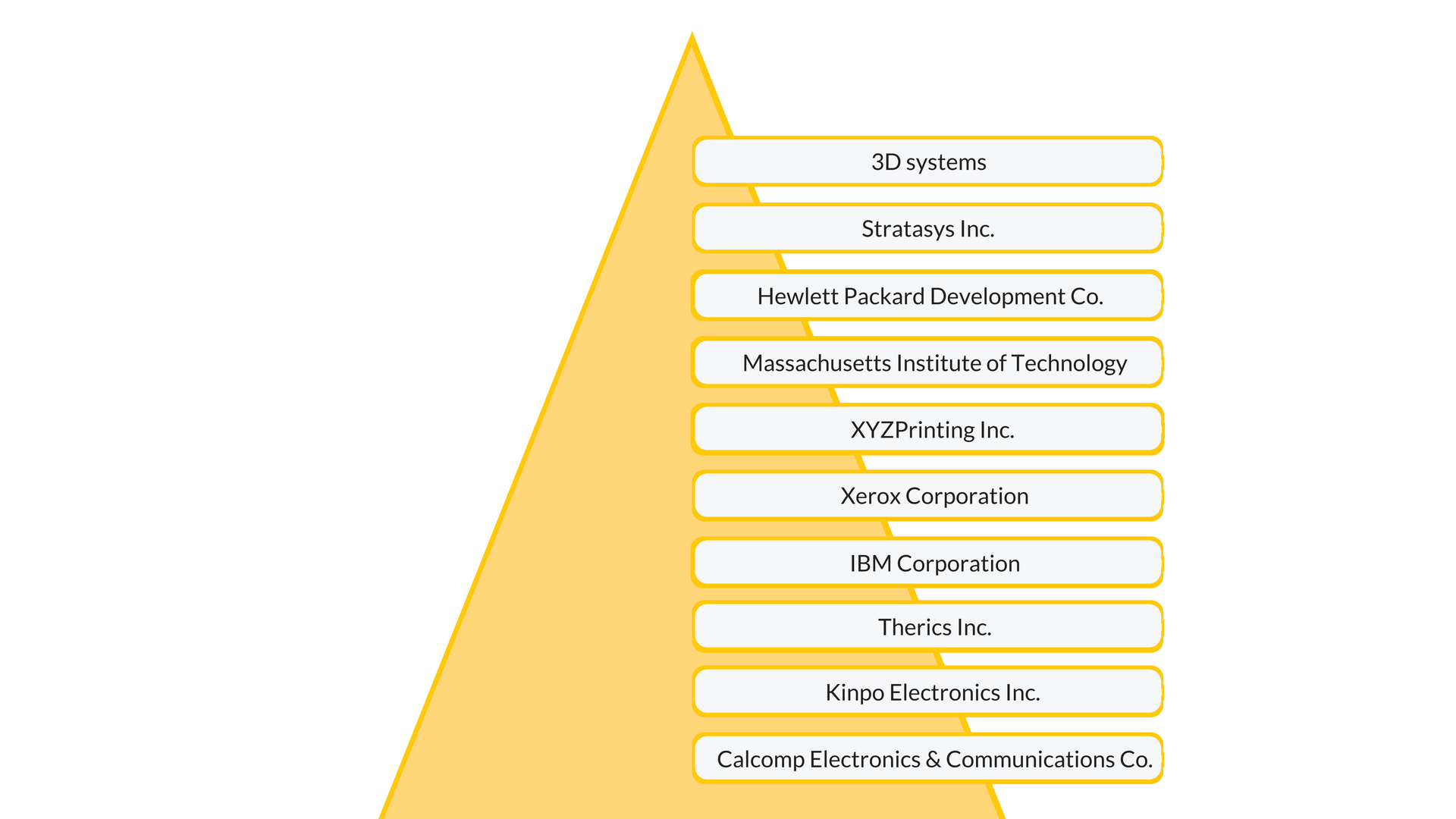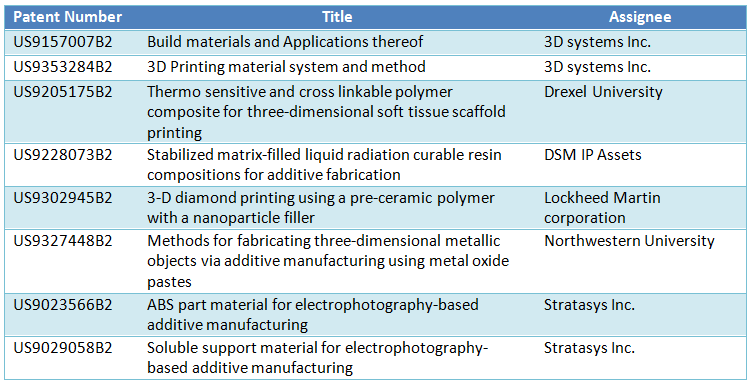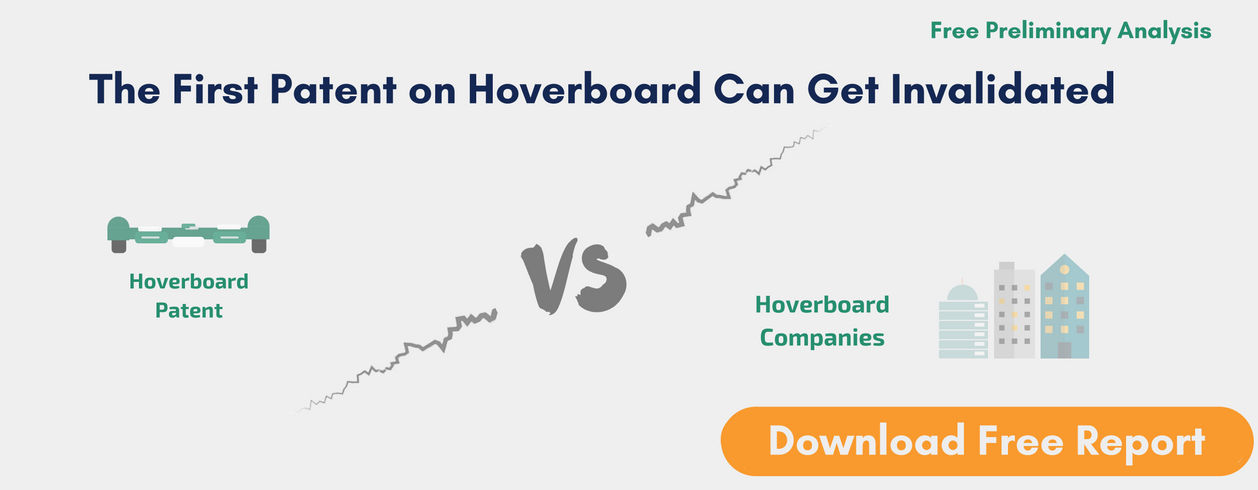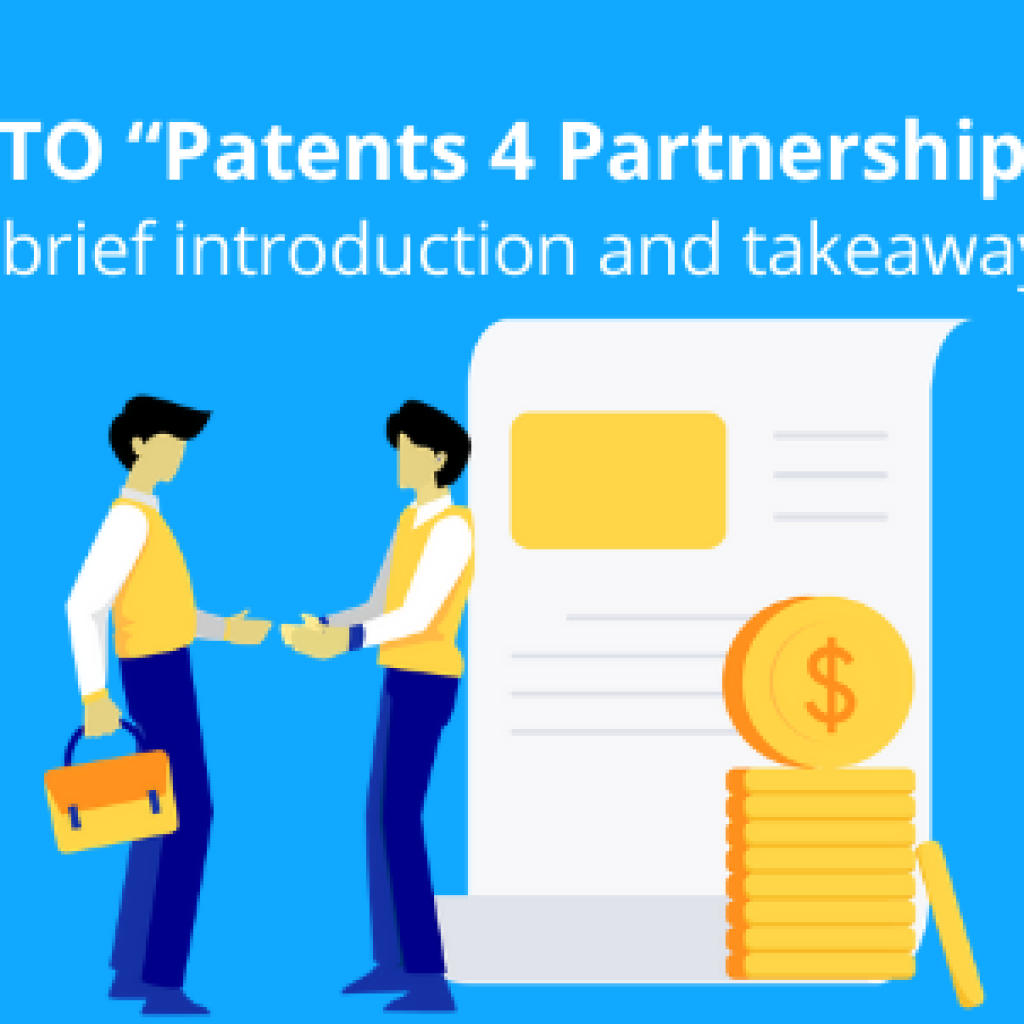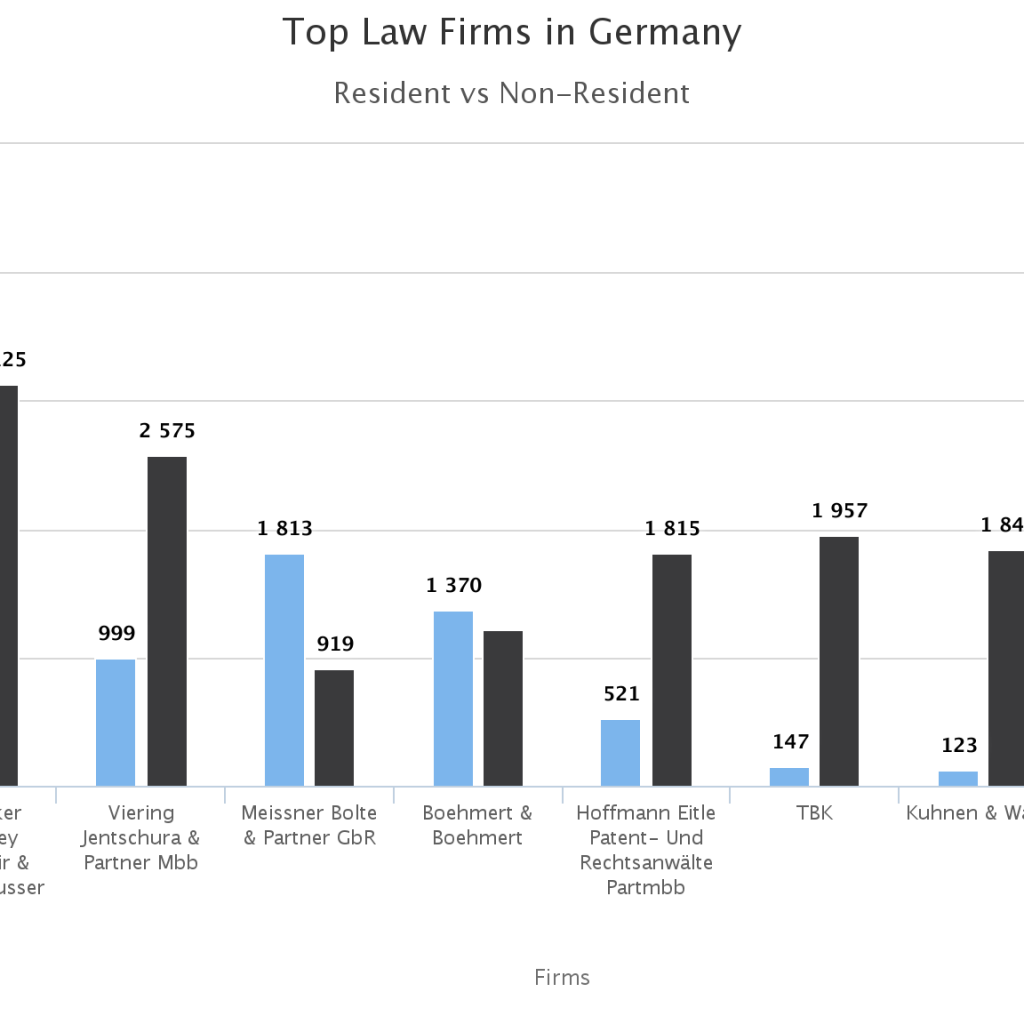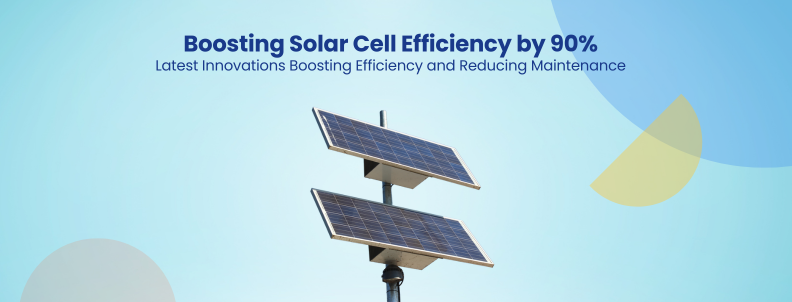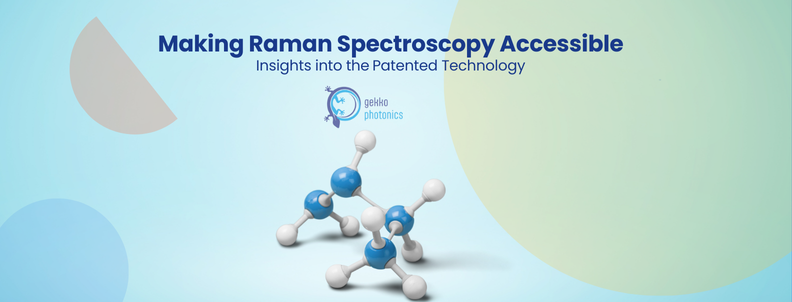Patent thickets, broad patents, and patents covering vague and combinatorial claims have exponentially increased in number over the past few decades. Cloaking under the name of patent strategy, companies often try to get a lockdown on a technology domain by filing patents in a manner that it gets difficult to circumvent such patents.
One such example of a domain being locked down by aggressive patenting activity is 3D printing. From less than 50 patent applications in 1980 to almost 30000 applications till date, major players in the domain have tried to patent almost every facet of the 3D printing technology over the last couple of decades.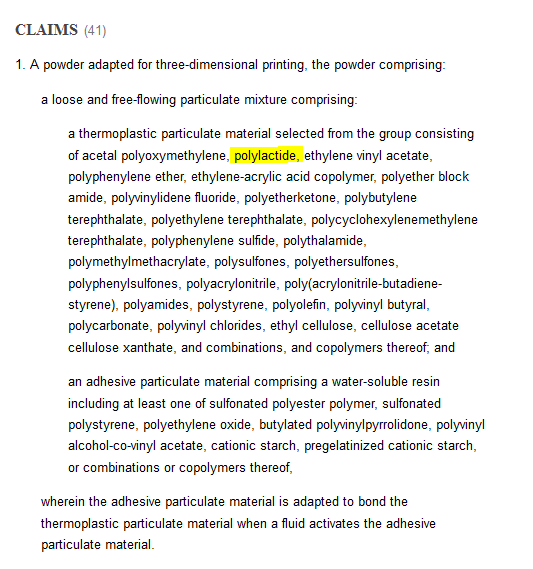
As most of these patents were a result of intensive R&D, it seemed only logical for companies to get a patent over their innovation. But the thin red line between protection and lockdown got crossed when companies tried getting rights over the materials used for 3D printing as well.
For instance, the US Patent 7569273B2 titled Thermoplastic powder Material for appearance models from 3D patent systems assigned to Z Corporation (later acquired by 3D systems) in its first set of claims covers almost all the materials used in the field of 3D printing. One of those chemicals is Polylactide or PLA, a well-known chemical in the low-cost 3D printing community. If such patents are enforced, it would put a stop to the usage of PLA by prosumers of the 3D Printing community till it expires.
This patent was just one of the multiple examples that could be found throughout the domain. The 3D printing community feared an aggressive lockdown and a solution was needed which would stop the big players from encapturing the domain.
A note from the author: Though there exist patents covering materials used in the domain of additive manufacturing; however, there is also a lot of quality innovation is going on. Don’t believe me? Check out for yourself how research in 3D metal printing powder is moving ahead here: Click here to know the state of research in 3D metal printing powder
Joshua Pearce’s Algorithm – The Key to prevent an Impending Lockdown in the 3D Printing domain
The question that lingered in everyone’s mind was – “How to stop the issuance of 3D material patents?”
Being creative was indeed the solution. One fact that most people didn’t notice was that patents would not be granted if they are not novel. This means, if there is prior art available for any given innovation open to the public, it can stop the issuance of a patent. In case a patent gets granted, it can be challenged in an IPR proceeding amidst the PTO and get invalidated.
Every problem has a solution. You just have to be creative enough to find it. – Travis Kalanick
Leveraging the knowledge of the given fact, Joshua Pearce, a material science professor devised an algorithm covering all the major parameters and components that would put an end to the issuance of broad patents or patents having vague, generic and combinatorial claims.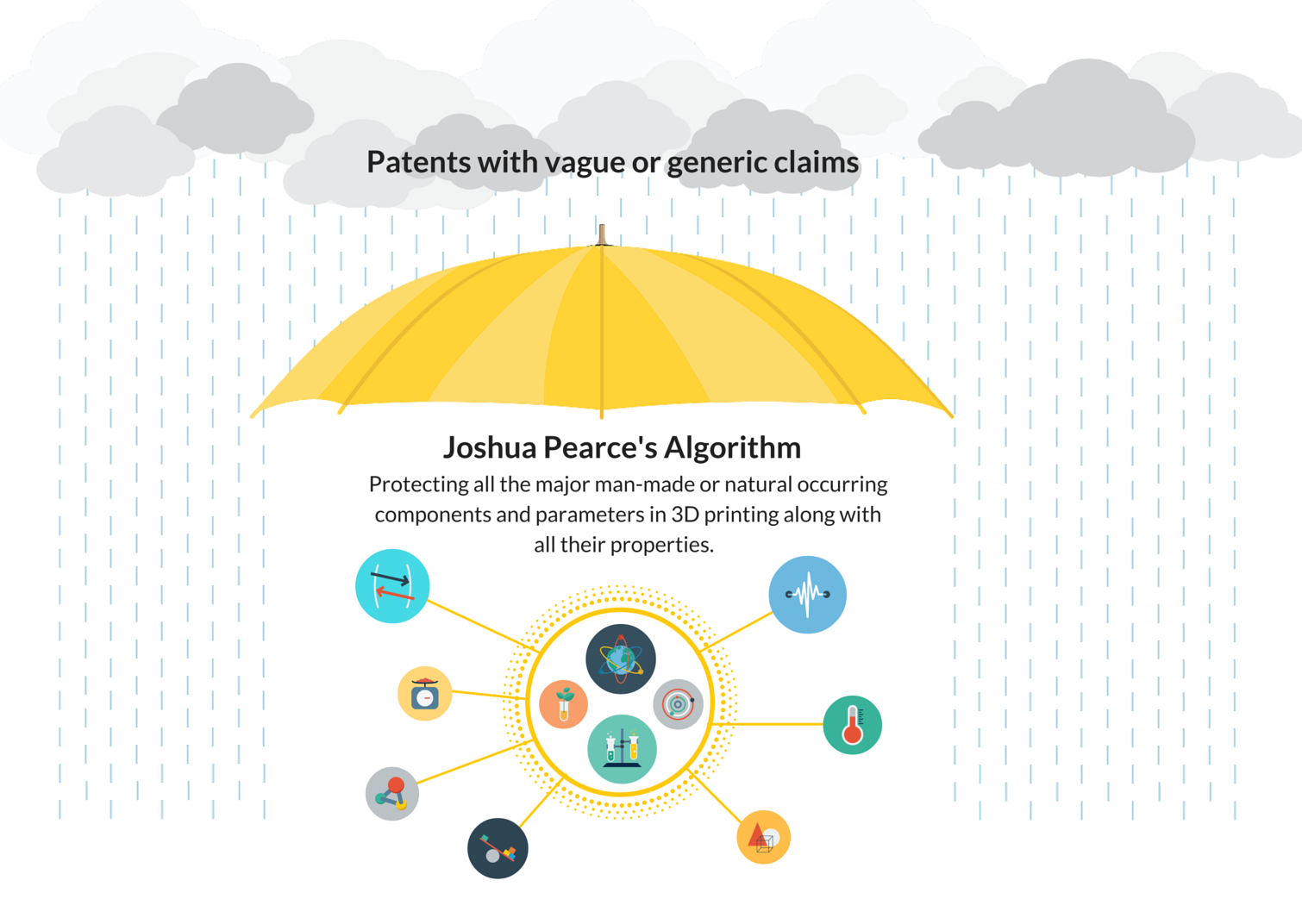
The algorithm was constructed in a manner such that it covered all the natural-occurring and man-made chemicals (both organic and inorganic) in the process. Parameters like temperature, pressure, size, shape, environmental medium, and wavelength involved in the process were covered along with the components, such that small tweaks in proportion would not allow issuance of claims of multiple broad patents.
All in all, the algorithm is a creative answer to deal with the impending lockdown. But one problem still exists.
The algorithm of Joshua is very broad and is yet to be recognized as public prior art by the USPTO. Once recognized, it would put an end to the issuance of such broad patents and things would be alright again in the world of 3D printing materials.
Which patents might get invalidated?
This very question kept us bothered for a long time. So we decided to conduct a superficial analysis to find out the patents that might get invalidated if the algorithm gets recognized by USPTO.
Our search revealed that the algorithm was first disclosed on April 13, 2013. Thus, the validity of any patent with an effective filing date after April 13 of 2013 could be challenged.
One might wonder – Which patents fall under the invalidation radar and which of the top players might get affected the most?
To answer the question, it is important to first figure out the top players in the 3D printing domain.
Based on an analysis of patent filing data, it was found that 3D Systems and Stratasys are the top two players in the domain followed by printing pioneer HP and innovation hub MIT. The remaining 6 of the top 10 assignees are as follows:
Now that we know the top players, which patents have a chance of getting invalidated?
Our analysis revealed 8 patents(listed below) first filed after April 13, 2013, might get invalidated if USPTO recognizes Joshua’s algorithm as valid prior art.
We can see that out of 8, 4 patents belong to Stratasys and 3D systems while two of them are filed by universities respectively. Considering the fact that both the organizations mainly deal in the field of 3D printing, if these patents get nullified, both the companies would lose a significant hold over proprietary material.
This might also mean that the patented materials would be released to the public domain for free use without any restrictions. This would come as an advantage to the prosumers of the 3D printing community as more generic versions would become possible, enabling innovations that would change the world.
But all this is possible only if Joshua’s algorithm is recognized by USPTO, which would bring about a new revolution in 3D printing domain.
Authored by: Anjali Chopra, Sr. Research Analyst in collaboration with Rohit Jaswal, Manager, Prior Art

